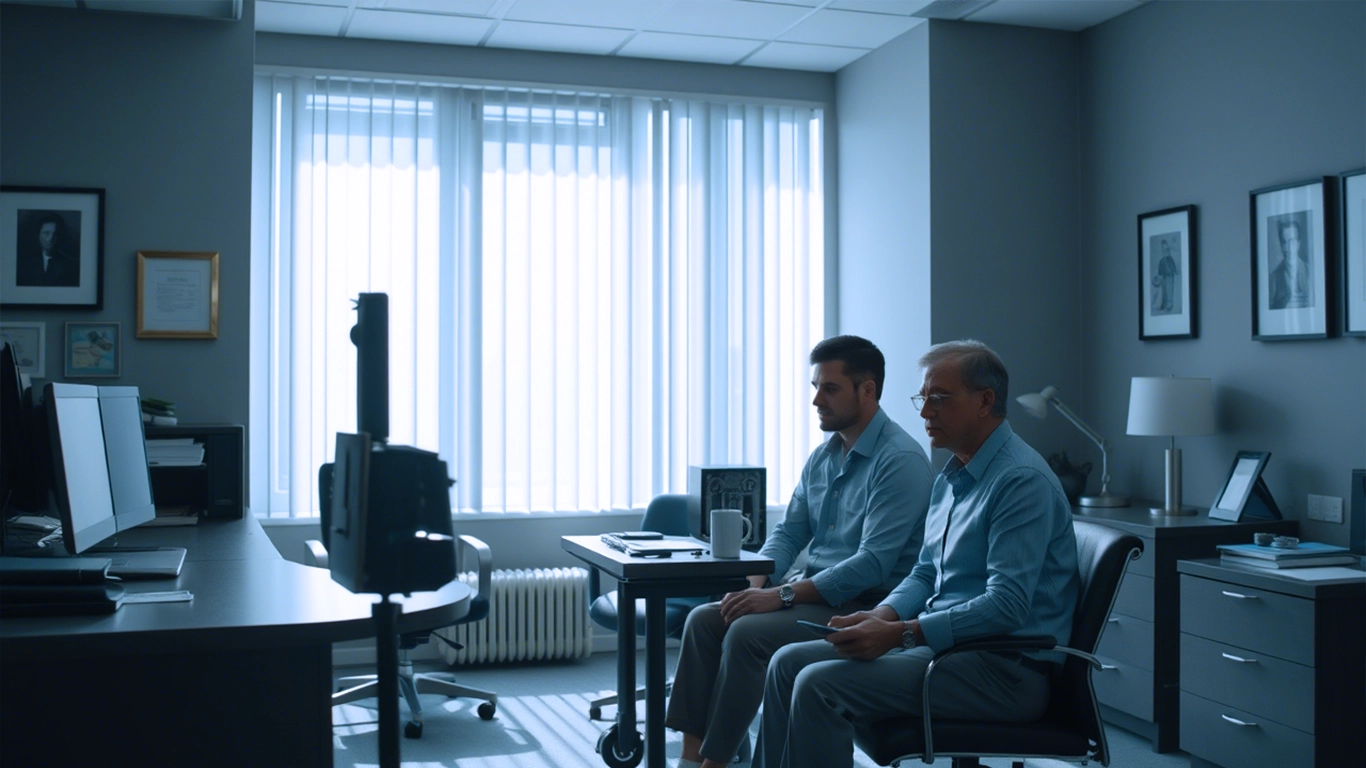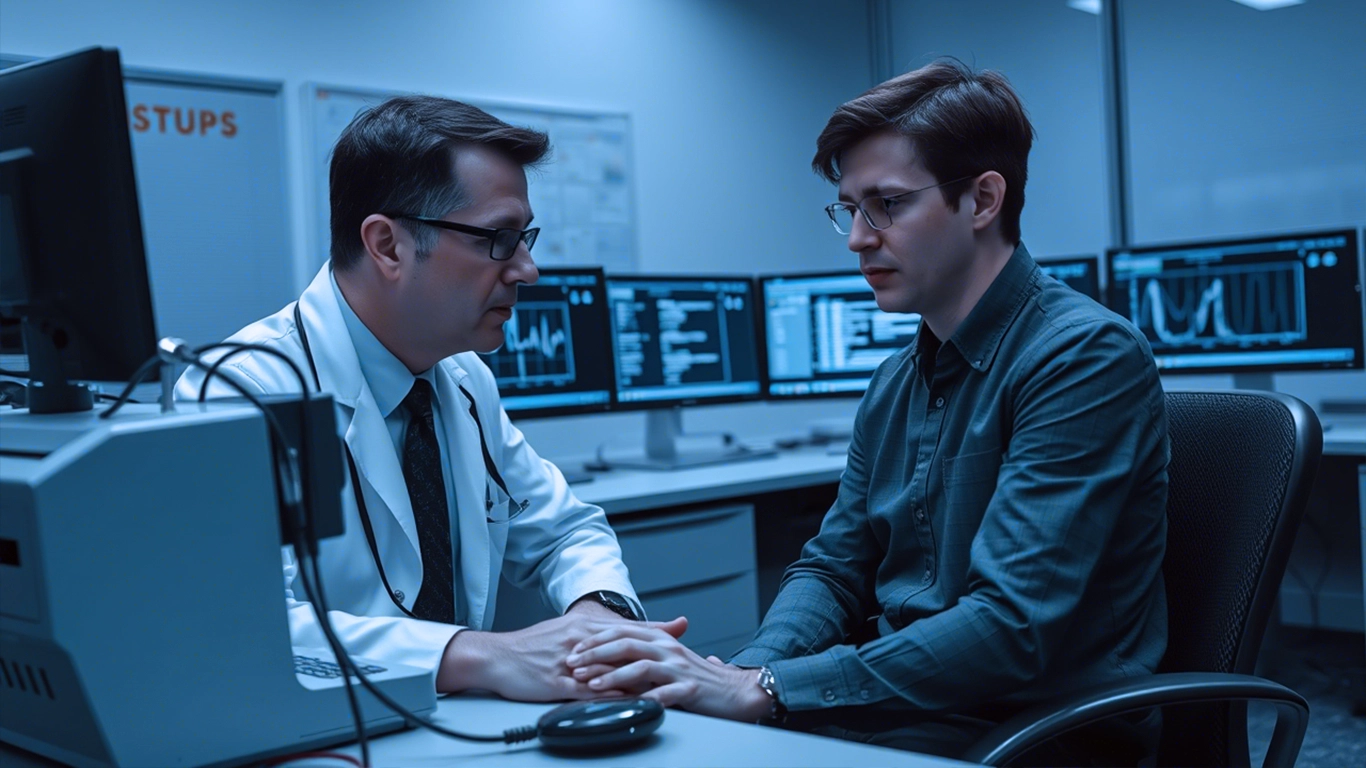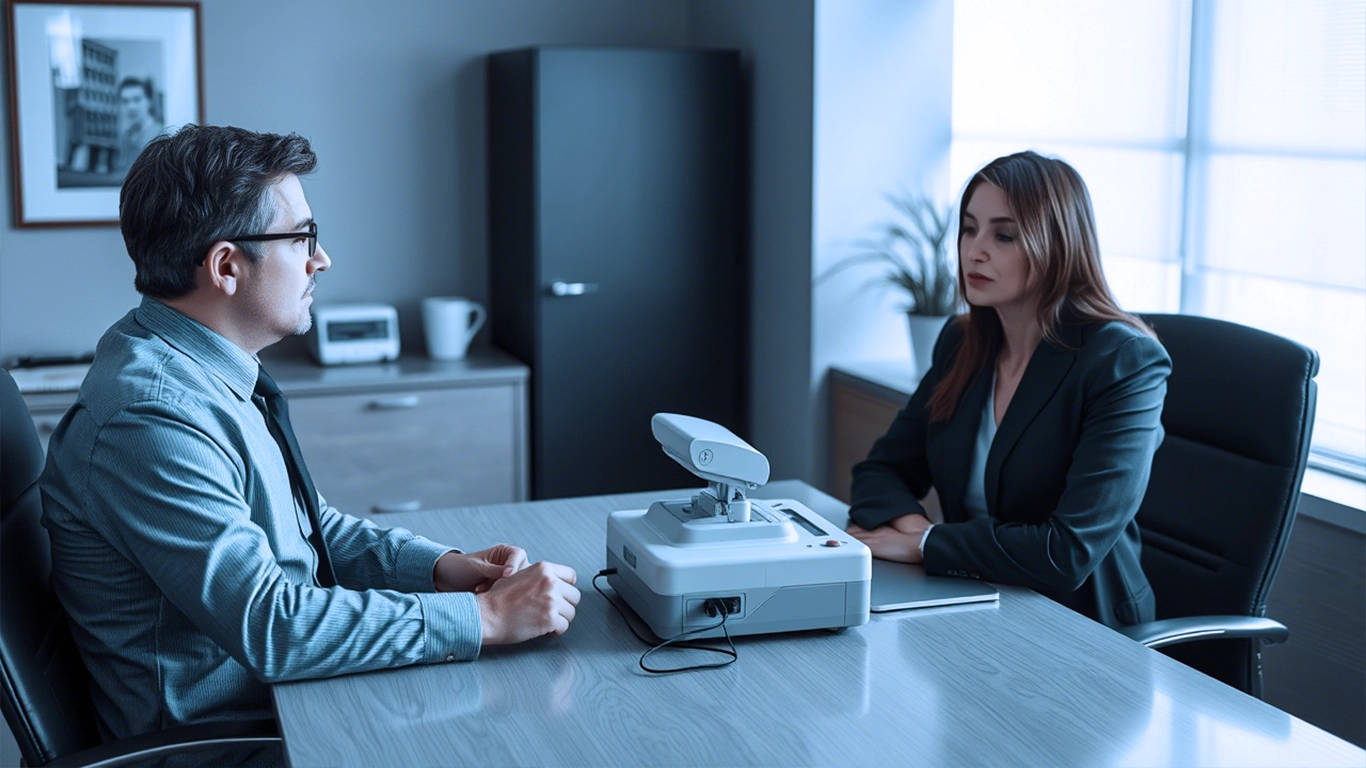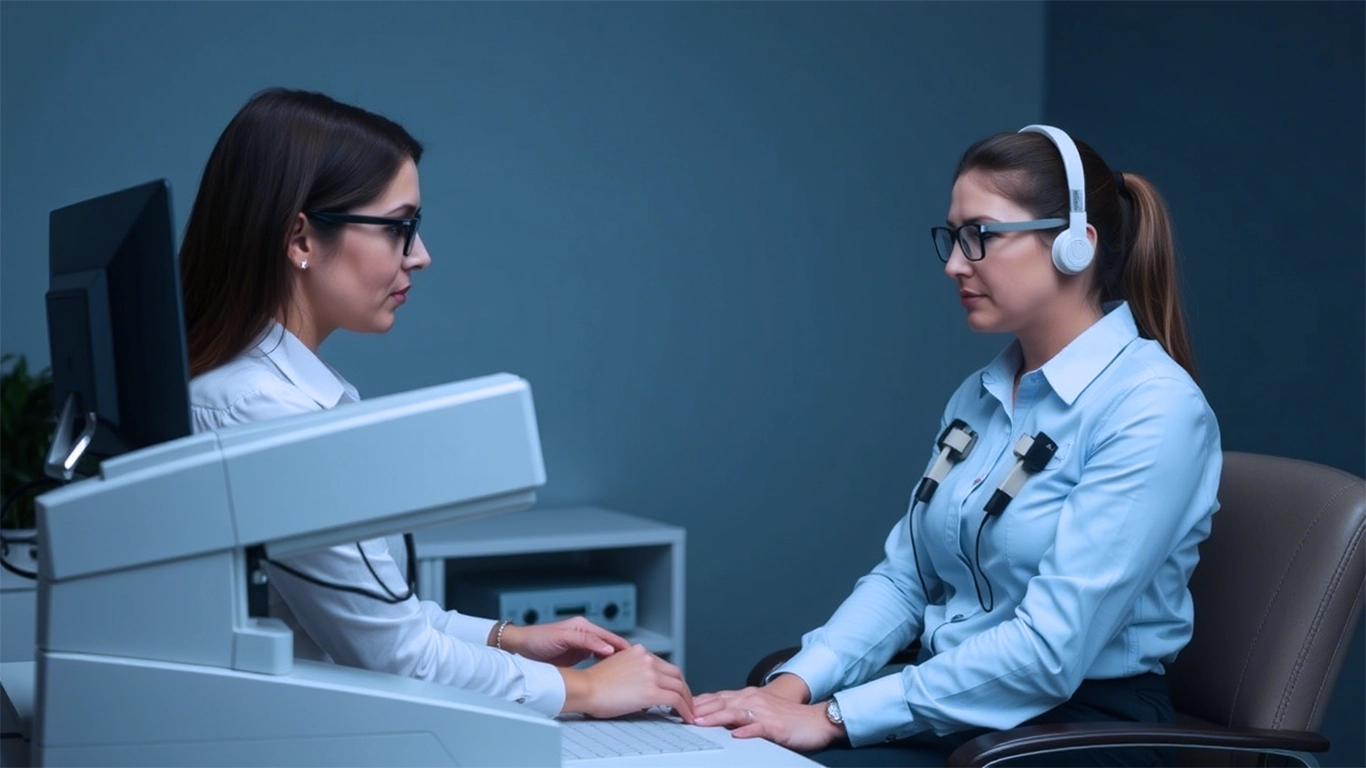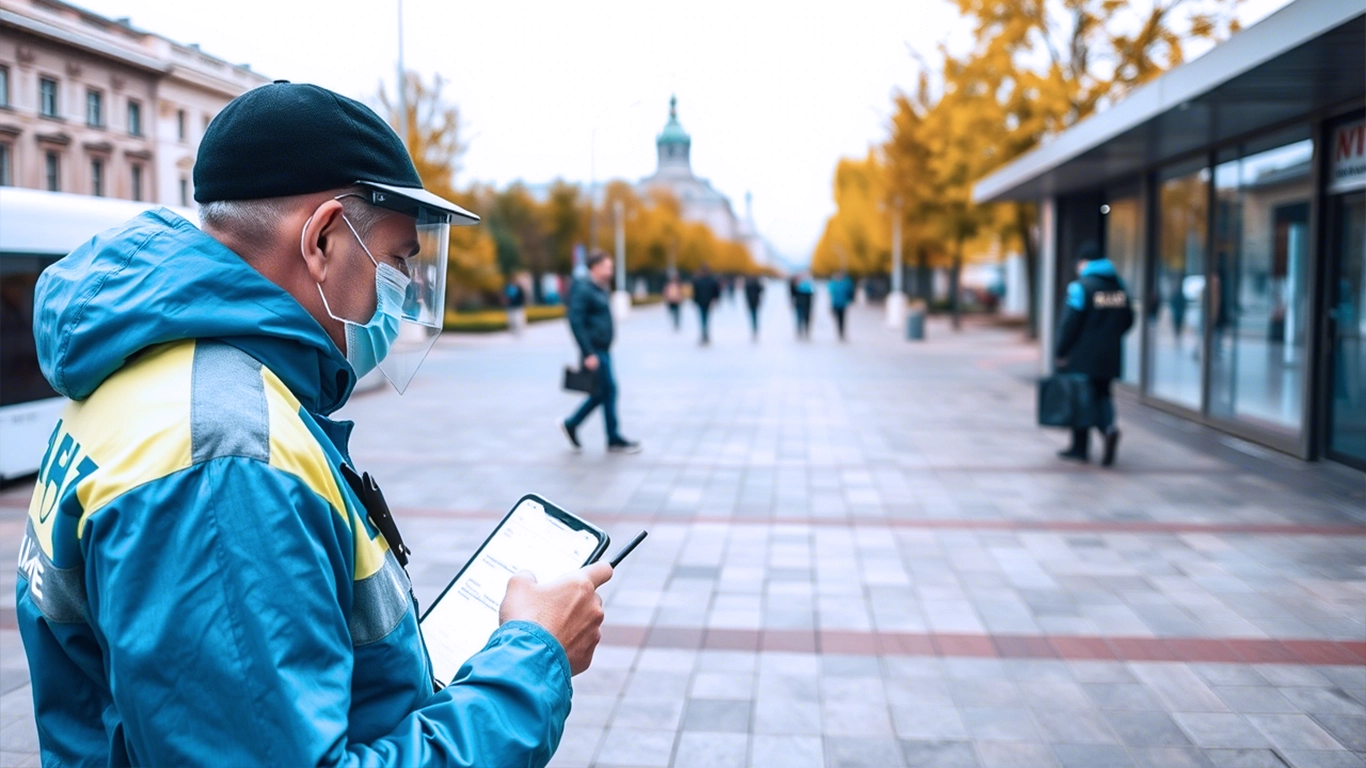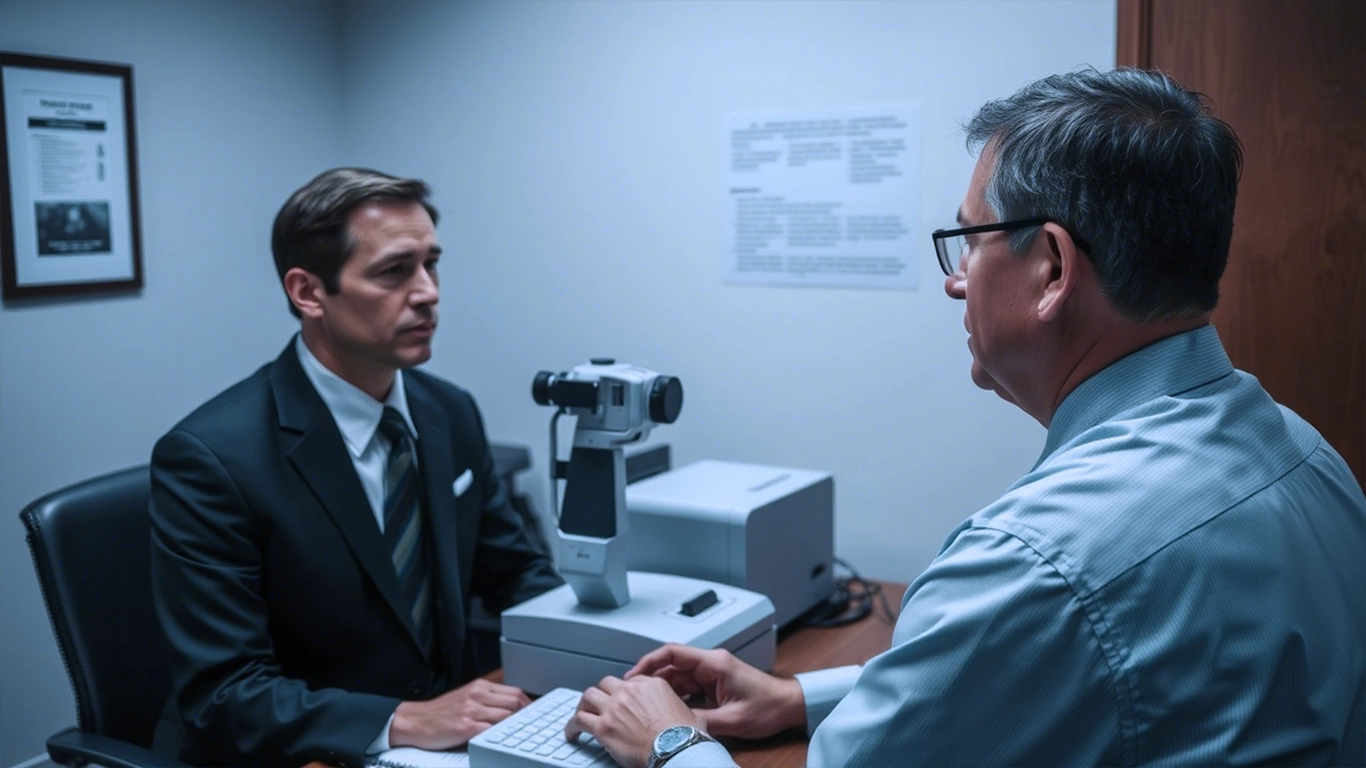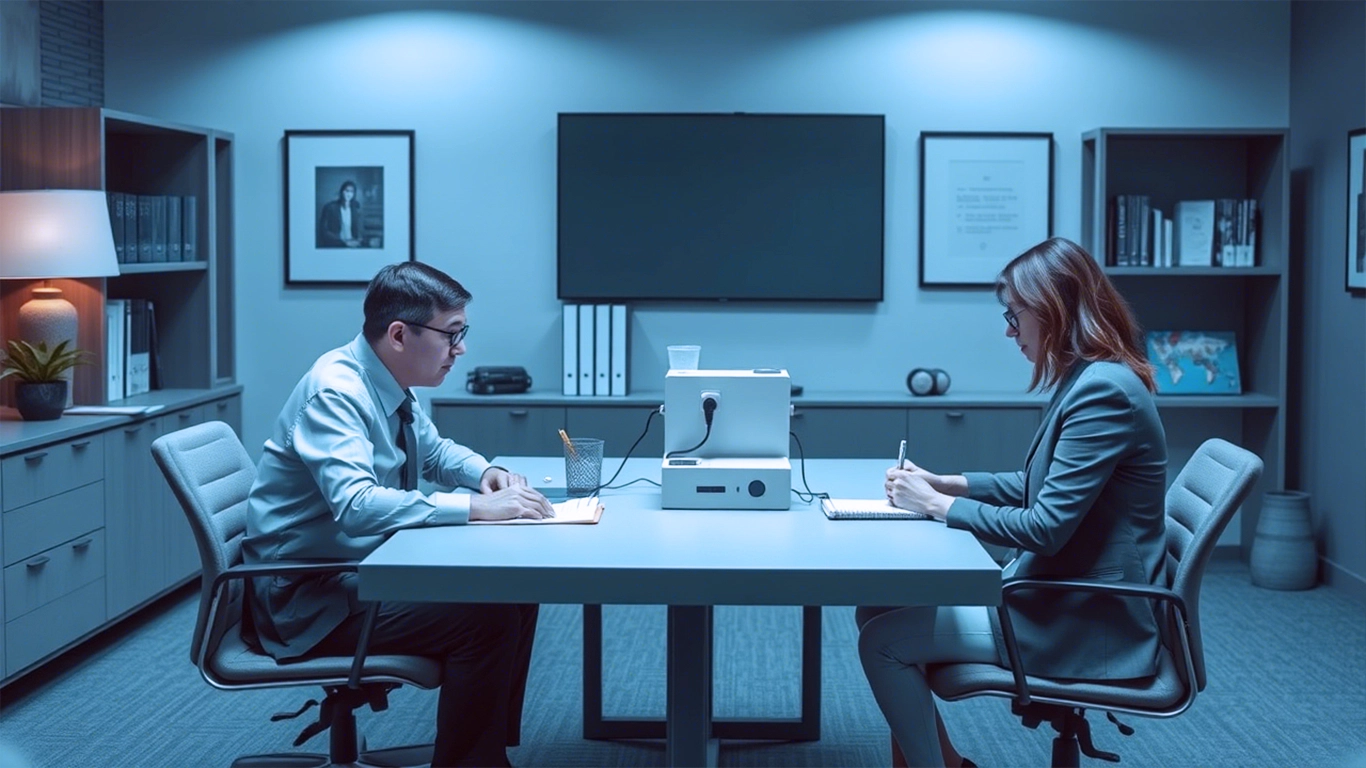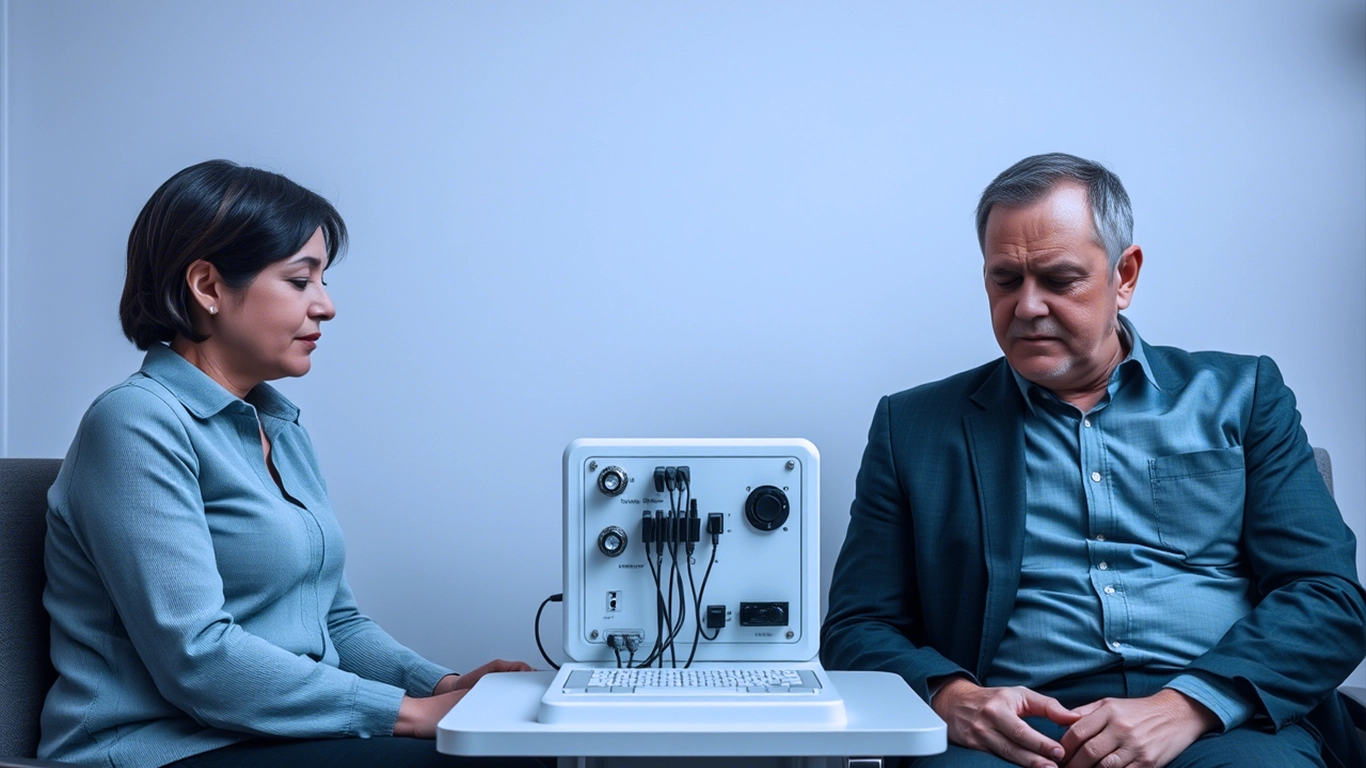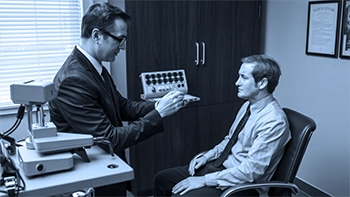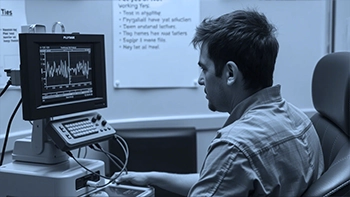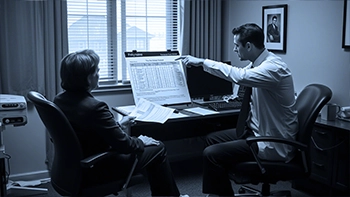Select your language
In families, a polygraph helps verify the reliability of individuals entrusted with children, elderly parents, or property.
Ensuring Trust in Hiring and Personnel Control
In the field of hiring and personnel management, trust is a critical issue. When an employee is given access to your home, valuables, or confidential information, ensuring their integrity becomes essential. One tool often used to verify honesty is the polygraph, commonly known as the "lie detector." A polygraph examiner, a specialist in conducting such tests, can help an employer determine whether a candidate or employee is truthful about their background. While a polygraph does not detect lies directly, it records physiological reactions to questions. By analyzing these reactions, an expert can assess potential omissions or deception. Proper application of polygraph testing provides valuable insights to enhance security at home and in business.
Who Needs Polygraph Testing and When?
Polygraph testing is used in fields where personnel reliability is directly linked to safety and trust. Although there is no strict list of professions requiring mandatory checks, certain categories frequently undergo polygraph evaluations:
- Household staff – nannies, governesses, housekeepers, caregivers, family drivers, and security personnel. In private households, a polygraph helps verify the reliability of individuals responsible for children, elderly family members, or property. Testing can reveal hidden issues such as past thefts, abuse, criminal records, or substance abuse. Employers can identify potential risks in advance, such as a nanny’s alcohol dependency or a driver’s undisclosed criminal history.
- Security personnel – private security officers, bodyguards, and cash couriers. Given their responsibility for protecting valuables and lives, polygraph screening is frequently used during recruitment and routine evaluations. The goal is to filter out candidates with dishonest motives, such as hidden connections to criminal organizations or tendencies toward abuse of power.
- Personal drivers and assistants for VIPs. These employees often gain deep insight into their employer’s personal and professional life. Polygraph testing helps ensure they are trustworthy and will not misuse their privileged access. Questions may cover their employment motives (whether they have ulterior motives), relationships with previous employers, or unauthorized use of assets (e.g., taking the employer’s car for personal use). Significant reactions to such questions may indicate undisclosed issues.
Real-Life Cases of Effective Polygraph Use
Numerous cases demonstrate how polygraph testing has helped reveal the truth and guide informed decisions. Below are anonymized examples from professional practice.
Case 1: A major corporation experienced an information leak regarding a critical business deal. A senior accountant, Olga, was suspected due to a phone call she made to a former employer—now working for a competitor—on the same day confidential files were accessed. Despite the circumstantial evidence, her calm demeanor during questioning raised doubts. A polygraph test was conducted, revealing that her call was purely personal and that the data transfer was a routine work task. However, the test also pointed to two other employees who had potential motives for leaking information. As a result, Olga was cleared, and the investigation took a new direction, leading to discoveries of financial discrepancies within the company.
Case 2: In an IT company, a large sum of money (around $5,000) disappeared from an office safe. The only person with access that day was the accountant, Natalia. Under suspicion, she attempted to shift blame onto colleagues. A polygraph test was arranged, during which she broke down in tears—an emotional reaction that could signify guilt, manipulation, or extreme stress. The results, however, revealed an unexpected truth: Natalia had not stolen the money but had lost track of it due to poor bookkeeping. Further investigation confirmed a history of similar financial mismanagement at her previous job, which had been concealed during her hiring process. The polygraph prevented a false accusation while exposing a different issue—her incompetence in handling finances.
Case 3: A private security company reported the disappearance of a service weapon—a combat pistol had been replaced with a replica. Initial suspicion fell on ten officers with recent access to the armory. Polygraph tests indicated their innocence, prompting an expanded investigation. Additional screenings uncovered strong physiological reactions from one officer, who later confessed to the theft when confronted with the results. This case illustrated the polygraph’s ability to not only identify guilty individuals but also protect innocent personnel from wrongful accusations.
Case 4: (Household Staff Screening) A young family was hiring a nanny for their one-year-old child. The candidate appeared highly qualified, with excellent references and a strong resume. However, as a precaution, the parents opted for a polygraph test. The results exposed critical discrepancies—she had been dismissed from her previous job under suspicion of theft (which was never legally pursued). Additionally, the polygraph flagged responses related to alcohol use, leading her to admit occasional drinking while working. The family withdrew their offer, avoiding potential risks. This case highlights the effectiveness of polygraph screening in preventing unreliable individuals from gaining access to vulnerable family members.
How the Polygraph Works: Sensors, Reactions, and Algorithms
A standard polygraph setup involves attaching multiple sensors to the examinee while a specialist monitors the physiological readings. The polygraph does not detect lies but records physical responses that may indicate deception.
Key physiological indicators measured during testing include:
- Respiration: Monitored through chest and abdominal sensors. Stress or deception may cause irregular breathing patterns.
- Galvanic Skin Response (GSR): Measures electrical conductivity of the skin, which changes with perspiration. Increased sweating often correlates with heightened stress or deception.
- Cardiovascular activity: A blood pressure cuff or plethysmograph records heart rate and blood pressure fluctuations, which can indicate emotional reactions.
- Additional sensors: Some polygraphs include muscle activity detectors or voice stress analyzers for added insight.
The polygraph software generates graphs (polygrams) displaying fluctuations in these indicators as the subject answers questions. The examiner interprets these








